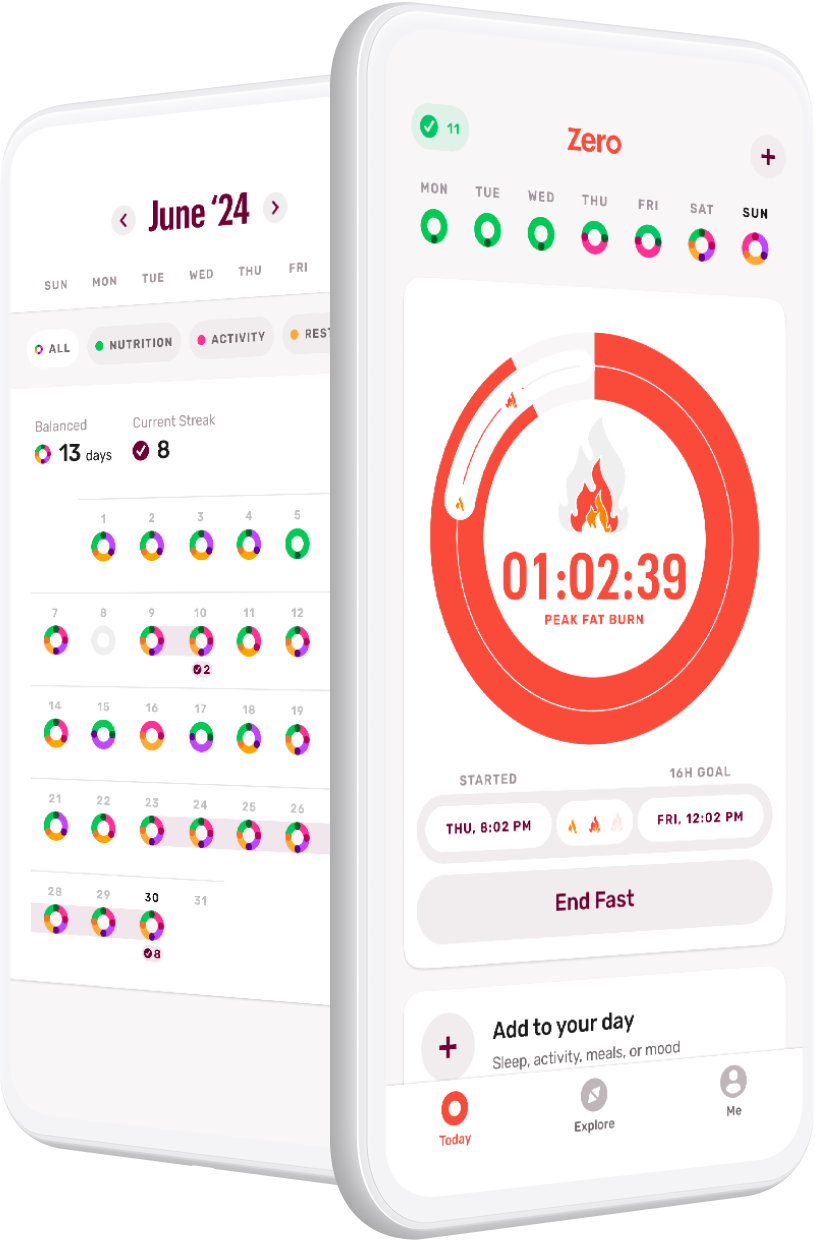Written and medically reviewed by Naomi Parrella, MD
Staying Safe, Retaining Muscle and Movement, Knee Replacements, and What to Do About Hip Pain
It can be intimidating to think about working out in an aging body. Maybe you want to get back to a former fitness level, or maybe you’re finally prioritizing movement in your life for the first time. Either way, congratulations! Your body will thank you.
A lot of exercise advice is geared toward people in their prime, so when I spoke to Dr. Jeremy Alland, a sports medicine physician at Midwest Orthopedics at Rush in Chicago, Illinois, I brought up some of the questions that are more common from my midlife and senior patients. We both agreed: The most important thing to do as you age is to keep moving! So the advice that follows is intended to help you do just that.
Q&A
How should I think about exercise as I age? Is there a way to know how much is too much versus not enough?
The most important thing to do is simple but challenging: Learn to listen to your body. Pain is the most obvious indicator that something is off, but if you feel lightheaded or even if one of your normal workouts doesn’t feel good, it’s okay to cut back, lower the intensity, and take it easy instead. Adapt to your body’s cues, and be forgiving to yourself. You don’t have to do the same thing every single day—in fact, you probably shouldn’t! Do the best that you can, whatever that happens to be on that day at that time.
Getting more granular, it’s important to consider your heart, your muscles, and your bones when you think about exercising with aging. The cardiac component is probably the most important for safety, so if you have any concerns, check with your physician. They may order you a treadmill stress test, where you’ll run or walk on a treadmill to get your heart rate up, and then check an EKG to look for any abnormalities.
Next, muscles. You don’t need to be a bodybuilder, but you do need to do some strength training in order to retain functional movement. The basic moves of getting up and down from a seated position (AKA squats) and pushing and pulling against resistance using body weight, elastic straps, or small hand weights count. Strength training will help maintain the muscles you already have so you can continue to move the way you want to.
Finally, bones. Bones like impact, so if you have osteopenia, the best thing you can do is impact exercises. The swimming pool is great, but if you’re in a pool for every exercise session, you’re not getting enough impact, which means your bones are going to weaken. Impact doesn’t have to mean intensity, of course. It’s about carrying your weight against gravity. Walking counts!
I’m about to have a knee replacement. What are some exercises I can do to recover quickly?
Physical therapy before the surgery will help with this. Pre-surgery, the more you can boost your strength and range of motion, the faster you’ll recover. After surgery, you’ll work with a physical therapist and focus on bending and straightening your knee and reestablishing your balance.
Looking more long term, quad and butt strength are essential. The most common exercise for butt strength is clamshells, where you lie on your side with your knees bent at 90 degrees and “open” up one leg by separating your knees. It’s a great exercise, but it’s frequently done with poor form, so make sure you have a trainer or physical therapist teach you how to do it.
An even easier thing to do is to buy some inexpensive extra-long rubber bands, loop those around your quads, and then go about your chores around the house (being careful not to fall!). Ultimately, by walking forward and backward, doing monster walks (walking sideways while keeping your feet apart), and lifting each leg away from the other while standing, you’ll hit almost every muscle group that you need in your lower legs—and you don’t even have to interrupt your day.
I’m a runner and I’m having hip pain. Do I need a supplement?
Almost certainly not! While hip pain is often attributed to osteoarthritis, osteoarthritis itself doesn’t cause the pain. It’s how the joint is being used that is causing the pain. Hip pain while running is most often caused by a biomechanics issue. For a lot of runners, it comes from having too low a cadence.
One thing that is misunderstood about running is that when people run faster, they think that they’re striding longer. They’re not; they’re just able to pick up and put down their feet faster. Most people’s feet should be hitting the ground around 175 to 185 times per minute. However, if they try to pick up their pace, they’ll often decrease their cadence to about 160. What that means is that they’re basically galloping, which is too much impact, and that’s when the hip (or knee, or back) starts to hurt. The solution may be to work on having your feet land underneath you instead of in front of you, and to do that, you need to increase your cadence. Many running coaches, physical therapists, and sports medicine specialists can check your running cadence and give you personalized feedback and recommendations so you can run pain free—no supplement needed!
- Reframing Resolutions - January 13, 2025
- Q&A with Dr. P: Recovering after Exercise - August 2, 2024
- Q&A with Dr. P: Exercise While Aging - July 22, 2024

